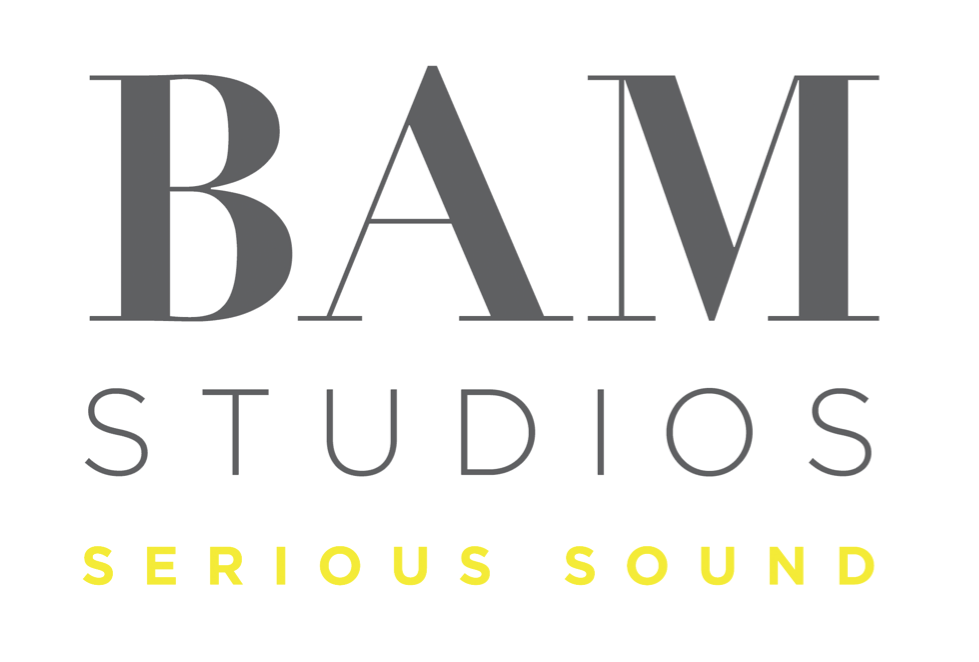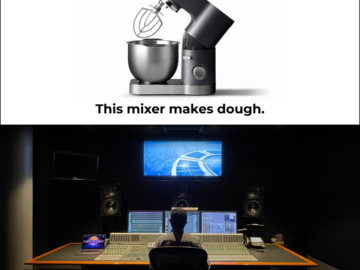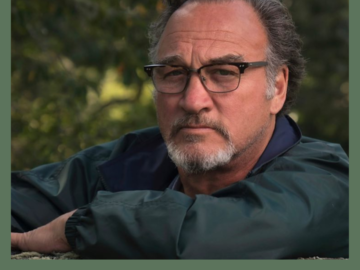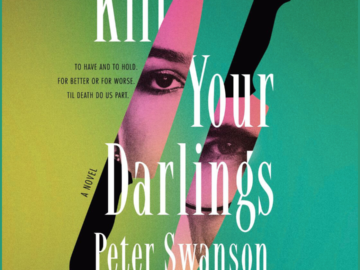Sound In The Round: Surround Sound in the Midwest
Go to a movie theater these days and during the previews you’ll be treated to a series of commercials – many of them mixed in surround sound. But watch those same commercials at home and the surround element is noticeably absent. This is mostly due to the lack of surround systems in American homes, but as technology improves and prices go down, that may become a thing of the past. Many of the Midwest’s top audio post houses have added surround suites. SCREEN spoke with a sampling of them about how they’ve been using the technology.
For example, 5.1 surround, employs five speakers and a subwoofer to envelope the viewer. As a result of this setup, sound and music can be used three-dimensionally to fill a room, or can be bounced from speaker to speaker for dynamic effect. Surround sound also features enhanced bass capabilities compared to stereo sound.The benefit of working in such a medium is that it provides a fuller, more immersive experience to viewers who are equipped to hear it. Don Arbuckle, engineer at ARU (Chicago) says that surround offers a more natural audio environment, which helps draw in viewers. He thinks “a more full-impacting presentation is to be had by bringing the viewer/listener into the commercial rather than just having them look through a window at the commercial.”
The immersive experience is one of the signature elements of surround sound for theatrical release. “It heightens the experience,” says Darin Heinis, sound designer/mixer at Aaron Stokes Music (Minneapolis). “When you go to a theater, it creates a total environment.” For home systems, the goal is to take that theatrical experience and transport it to the living room, something that Jay Scott, audio manager at GTN (Detroit) thinks will go over well. “People love the theatrical experience,” he says. “It’s big, it’s involving [and] it’s surrounding.”
With the new tools offered by surround sound, mixers are discovering fresh ways to bring projects to life. Arbuckle, for one, thinks surround fits well with any project that strives to put the audience in a specific location, like a desert. “That’s what it’s there for,” he says. “You can encompass the audience with sound that moves, that relates to the visuals [and] that gives a more full, natural experience.”
Not surprisingly, another good use of surround sound is to promote the systems themselves. Brian Reed, sound designer at BAM Studios (Chicago) has worked on in-store promotions to showcase the speaker systems. “When Sony has a new product that they want to sell at Best Buy, they have little surround demo stations,” says Reed. “We’ll do a surround mix, just to show off their surround products.”
In addition to store displays and corporate events, some enterprising creatives have started to use surround in less-obvious, fixed environments. For example, Heinis recently completed a museum installation for the Minnesota Historical Society. The installation, which shows the inner workings of a reconstructed mill, takes visitors on an extended elevator ride. “There are speakers inside of the elevator itself,” says Heinis, who also centered sounds in hidden speakers located on each floor.
Even though surround sound is famous for the ability to bounce sound around an environment, Scott thinks that as listeners become acclimated to a three-dimensional audio environment, it could help reinstate the power of dialogue as well. “If we lived in a 5.1 world, where you expected that kind of immersive audio experience all the time, it makes that one voice, center speaker, much more dramatic for its contrasting nature,” he says.
In fact, one of the exciting things about surround is that it allows mixers to expand the rules of what audio can do for any project. Ken Brahmstedt, a partner at BWN (Minneapolis), believes that surround sound offers a range of possibilities. “There’s room for experimentation,” he says. “There are obviously methods that sound real and those that are purely for effect.”
As creatives become sold on surround though, Arbuckle warns against the temptation to use every available tool. “When you take that tack, I think [surround] can be overused,” he says. “You misdirect the audience and you pull them away. All of a sudden the commercial becomes more about the vehicle [and] not about the content.” Brahmstedt agrees, comparing this tendency to the early days of stereo, when mixers overplayed their hand by leaning hard on one speaker or the other.
Aside from creative concerns, the use of surround sound requires a different approach to the production process. Scott notes that a surround mix has a different set of requirements than a stereo mix. “[Producers] don’t want to give me a stereo track,” he says. “[They] want to give me some stems so I can create a sound field out of that.” In the same vein, Scott says separating backgrounds from spot effects is a must so that mixers can work with each element independently.
Another area that deserves attention, according to Arbuckle, is timecode. Since NTSC and HD run at different frame rates, and given the range of playback options, Arbuckle thinks a close working relationship with the edit house is vital in terms of preserving sync. He stresses the renewed importance of “making sure that you get the correct elements from the people in front of you, and making sure you deliver the correct elements out the back.”
A current set of tools is also necessary to make the most out of a surround mix, says Reed. He says proper monitoring and touch-sensitive automated joysticks are an important part of a good surround mix, and criticizes some studios for simply “throwing up six speakers and saying they do surround.”
Reed also thinks that bad experiences or word-of-mouth may have lead to the misconception that surround mixes are lengthy and expensive. “We’ve been doing [surround] a long time and it’s not voodoo,” he says. “In fact, I find it almost easier to do [than stereo] because you’re not trying to cram all this information into two speakers.”Even though surround mixes themselves can be straightforward, Heinis says the prep work deserves extra attention. “There are a lot of caveats as far as room calibration and making sure your speakers are outputting properly and bass management,” he says. This same complexity of setup afflicts consumers as well, according to David Axelbaum of Airstream Audio (Chicago). “Going from two to six speakers increases the odds of things getting messed up,” he says. “The wiring, the settings and the speaker placement need to be right for the intended effect to work.”
Despite the difficulties involved, more and more consumers are taking the plunge and buying surround sound systems. Most of the commercial work that Midwest companies have done in surround has been for theatrical release, but there are notable exceptions. Axelbaum mixed a spot for Cadillac that aired at the Super Bowl, and Scott did a nearly five-minute piece for Ford that aired during a continuous block of commercial airtime during the season finale of “American Dreams.”
As surround sound becomes more popular, with lower prices and a greater variety of broadcast programming, not to mention DVDs, ad agencies may feel pressed to start mixing in surround. For one thing, listeners with surround systems can tell the difference between programming mixed in surround and commercials mixed in stereo. “It’s just one more thing that takes the viewer out of the situation and makes it easier for [them] to go to the refrigerator and get whatever they need while the commercial is on,” says Arbuckle.
But according to Scott, it will only take a few enterprising ad agencies to change the climate for television. “Commercials are such a competitive field and if your competitor is doing 5.1 commercials and you’re not, you’re going to jump into that world,” he says. “It’s only going to take a couple of people to create the tipping point that’s going to make everything fall very rapidly.




